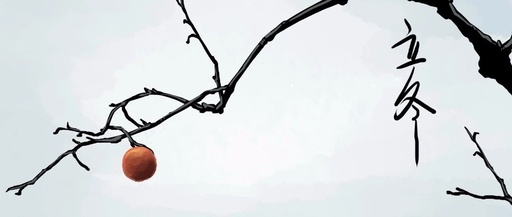


November 8
Friday
12th day of the 10th month in the Year of the Pig
Today marks the beginning of winter
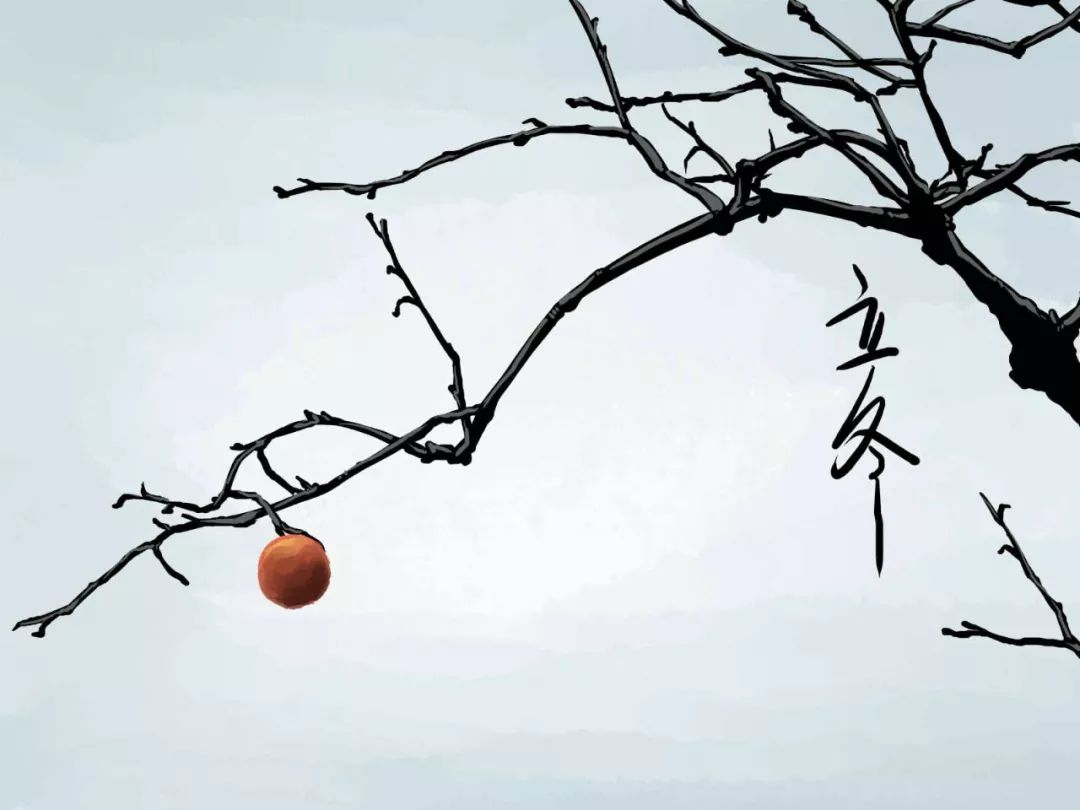
Seeing the title, how many people resonate with this—sometimes after a long day of work, not only do we feel extremely fatigued, but we also experience a sensation of body heat, as if we have a slight fever, yet without any cold symptoms.
What we refer to as fever is an increase in body temperature, which can be discerned through a thermometer. The most common causes are external pathogens, such as catching a chill or consuming inappropriate food. However, there is another type of fever that is not caused by external pathogens but rather by internal deficiencies, which is known as “internal injury” fever.
So, how do we differentiate between “external pathogens” and “internal injury”?
What are the treatment differences?
External pathogens, as the name suggests, are caused by the invasion of external evils, leading to an acute onset with generally higher fever and accompanied by symptoms of the exterior, mostly presenting as excess conditions; while internal injury fever has a longer course, a slower onset, often presenting as low-grade fever or subjective fever, with body temperature not significantly elevated or only slightly elevated, alleviated by covering up, and often accompanied by signs of deficiency.
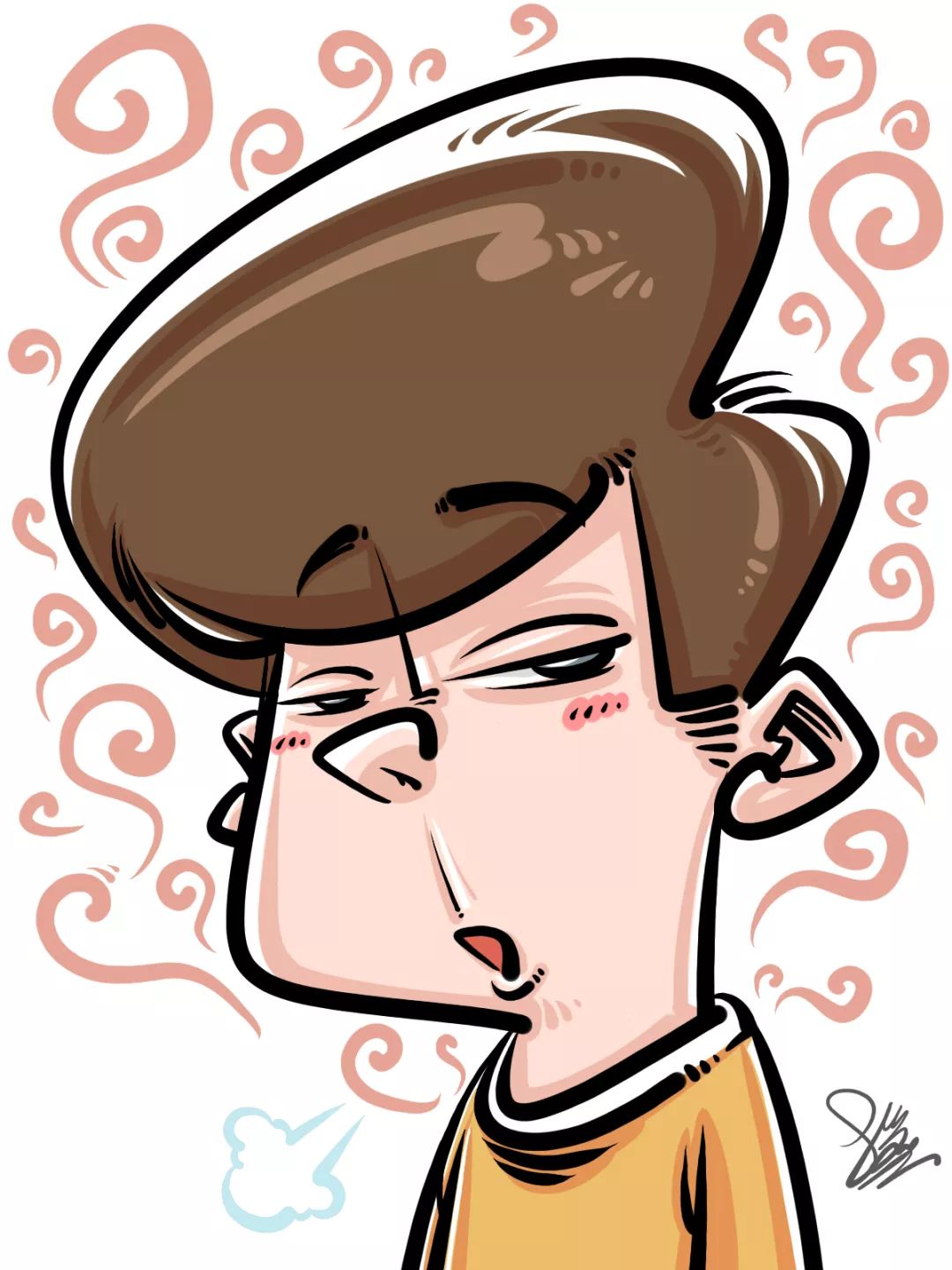
We all know that when there is excess heat in the body, moxibustion should not be used, as moxibustion is warming in nature, which would exacerbate the internal heat, akin to adding fuel to the fire. However, internal injury fever is often caused by Qi deficiency, and moxibustion can warm Yang and tonify Qi, thus warming and nourishing the Spleen and Stomach, generating a source, and also lifting the clear Yang to subdue the deficient heat. Today, we will introduce moxibustion methods for treating Qi deficiency fever.
First, we need to understand the characteristics of Qi deficiency fever. Fever can be either high or low, often occurring or worsening after fatigue, accompanied by symptoms such as fatigue, shortness of breath, reduced speech, decreased appetite, loose stools, and spontaneous sweating. According to the Danxi Heart Method: “Fire disease with deficiency is fundamentally Yin deficiency; moxibustion at the Dan Tian is to tonify Yang, as Yang generates Yin.” Deficient fire is not due to excess fire but rather insufficient fire, hence moxibustion can be applied. Of course, the main symptoms of Qi deficiency are fatigue, lethargy, and the occurrence of fever is relatively rare, often triggered by certain factors. Therefore, for Qi deficiency fever, the focus should be on tonifying Qi rather than simply clearing heat; using bitter cold herbs to clear heat will only further damage the insufficient Yang within the body, leading to adverse effects.
Pishu (Spleen Shu) (bilateral)
Located on the back, 1.5 cun lateral to the spinous process of the 11th thoracic vertebra.
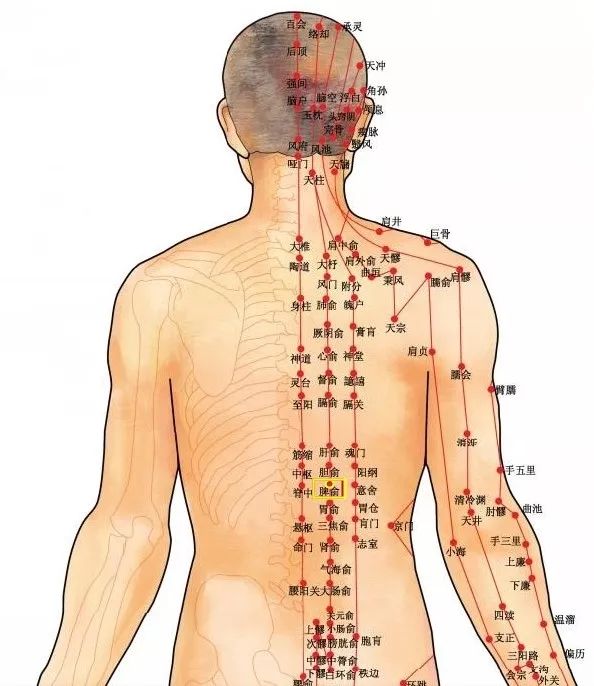 Shenque (Spirit Gate) Point
Shenque (Spirit Gate) Point
Located at the center of the navel. This point is contraindicated for needling and is primarily used for moxibustion, having effects of warming the middle, dispersing cold, nourishing health, warming Yang to rescue from collapse, opening the orifices, and regulating the Chong and Ren vessels.
Qihai (Sea of Qi) Point
Located in the lower abdomen, 1.5 cun below the navel. The Qihai is the sea of vital energy, where Yuan Qi converges, and is a key point for overall health; moxibustion at Qihai can cultivate and replenish Yuan Qi.
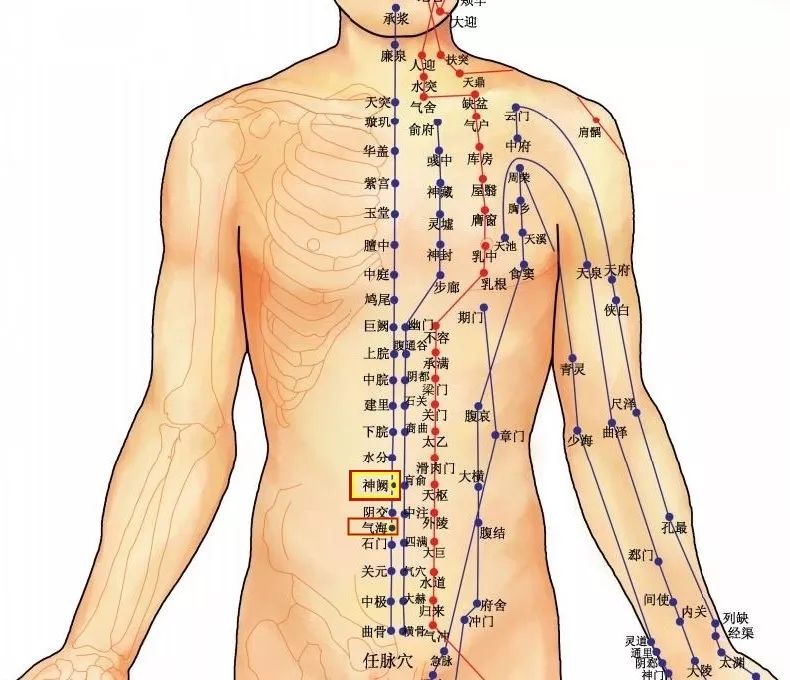
Zusanli (Stomach 36) (bilateral)
Located on the lateral side of the lower leg, 3 cun below the knee joint, 1 finger breadth lateral to the anterior crest of the tibia, on the line connecting the knee and the lateral malleolus. This is a major health point that strengthens the Spleen and Stomach, nourishes the Earth, supplements postnatal Qi, and helps to strengthen the body’s immune system and enhance disease resistance.

Method of Operation:
After locating the acupoints, use moxa sticks for gentle moxibustion, moxibustion for about 15 minutes at each point, once daily, with a 7-day course followed by a 2-3 day break before resuming.
*Acupoint images are sourced from the illustrated Huangdi Neijing published by Zitu Books.
Video Demonstration of Operation
Check out our instructional video for a more intuitive understanding:
Pishu and Zusanli strengthen the Spleen and benefit Qi, cultivating the source of Qi and blood; Shenque and Qihai warm Yang and benefit Qi, nourishing Yuan. Qi deficiency fever is primarily due to a weaker constitution, so one should pay more attention to body care, ensure adequate nutrition, and consume some tonics, such as Ejiao (Donkey-hide Gelatin), which can help regulate the body and improve symptoms of Qi deficiency. During periods of Qi deficiency, consuming Dang Shen (Codonopsis) can also be beneficial for better treatment.
Here, I would like to share an ancient medical case—
Recorded by Luo Tianyi in Health Care:
In the third month of the Year of the Yuan Wu Yin, Zhou Qingzi, a 23-year-old deputy inspector of the Jiangnan Road, fell ill with fever, muscle wasting, fatigue in the limbs, night sweats, loose stools, and a lack of appetite, with intermittent symptoms lasting for about half a year. His pulse was floating and rapid, but weak upon palpation.
Luo’s treatment method was:
First, moxibustion at Zhongwan, which is the channel of the stomach, to guide clear Qi upward and nourish the skin; then moxibustion at Qihai, which generates Yuan Qi, nourishing the hundred vessels and promoting muscle growth; followed by moxibustion at Zusanli, which is the meeting point of the stomach, also assisting stomach Qi, clearing excess heat from above and directing it downwards. Additionally, he was advised to consume glutinous rice and lamb to strengthen his stomach Qi, while being cautious with speech and diet, controlling anger and desires, leading to a gradual reduction in illness.
After several months, his Qi was restored. Two years later, he was in better health than before.
The above is a medical case of treating Qi deficiency fever with moxibustion. The patient exhibited fever and Qi deficiency as primary symptoms, and although his pulse was floating and rapid, it was weak upon palpation. Despite the presence of heat signs, the underlying cause was the weakness of the middle organs, which lacked the strength to nourish the Qi of the three burners, leading to recurrent fevers. Therefore, the correct treatment method was to tonify the middle and replenish deficiency, solidifying the stomach Qi.
Currently, many individuals with recurrent fevers who frequently use antibiotics experience similar issues, as using bitter cold herbs to clear heat damages the Spleen and Stomach, leading to insufficient Wei Qi production, resulting in prolonged fevers even with antibiotic treatment. The fundamental reason lies in the deficiency of Zheng Qi within the body. In addition to the moxibustion methods introduced today, one should also pay attention to nourishment, diet, and lifestyle, with the goal of nurturing the Spleen and Stomach, as they are the “foundation of postnatal health.”
• Related Articles Review •
How Should People with Qi Deficiency Nourish Themselves in Autumn
Understanding Qi Deficiency—Authentic Ginseng
Dietary Therapy for Qi Deficiency: Astragalus Steamed Chicken
For more related articles, please search within our public account.
Article Search Guide
Article by ◎ Xia Feng Illustration by ◎ Eight Years Edited by ◎ Yun Shao
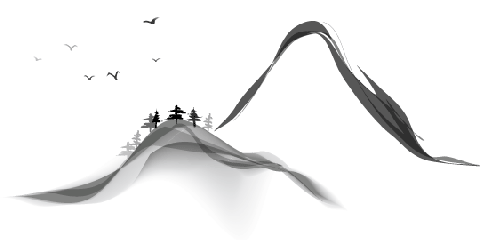

Essay Contest
If you also have a story related to Traditional Chinese Medicine that you must share, please write it down and submit it to us at any time. Articles should be submitted in Word document format to our email.
Submitted articles must be original and include your WeChat nickname, name, phone number, address, and other contact information. After screening, we will obtain authorization from the authors to publish in our channel, and once published, we will send you a signed book by Dr. Luo!
Thank you all for your positive feedback, and we look forward to you sharing your stories with us and more people, allowing more individuals to experience the charm of Chinese culture.

Dr. Luo’s official WeChat public account has the following four, please scan the QR code to follow. Any others are imitations, please do not be deceived!

Dr. Luo’s Channel
WeChat ID: luodalunpd
Dalun Academy
WeChat ID: Dalun_sy


Dalun Parenting Talk
WeChat ID: dalun_yes
Dr. Luo Dalu
WeChat ID: Drluodalun

🔹 The copyright of original articles in this public account belongs to this account. If you need to reprint, please leave a message to the editor and indicate the source. Commercial use is prohibited.
🔹 The articles reprinted by this public account are for learning and communication purposes only and fall within the scope of fair use. If there are errors in the attribution of images, data sources, or text copyright, please inform the editor, and corrections or deletions will be made immediately.
🔹 This public account holds the portrait rights of Dr. Luo Dalu. Unauthorized use will be pursued legally.
🔹 This public account is legally supported by Beijing Zhongzhe (Shenyang) Law Firm, and will pursue legal responsibility for any unauthorized reprints, commercial use, and refusal to delete posts after warnings.

